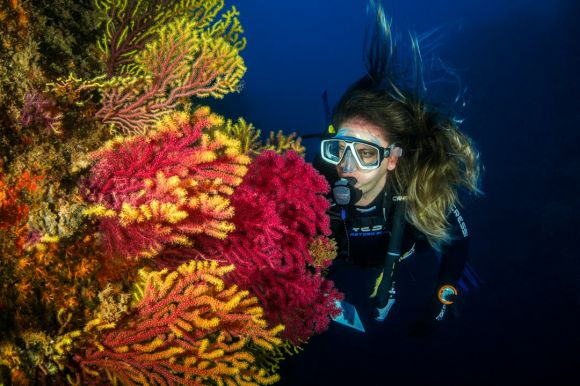Underwater cave exploration is an exhilarating and challenging activity that requires specialized training, equipment, and techniques. As divers venture into the depths of these mesmerizing underwater caves, they must be prepared to handle unique challenges such as low visibility, narrow passages, and potential hazards. In this article, we will explore advanced techniques that can enhance the safety and efficiency of underwater cave exploration.
Planning and Preparation
Before embarking on an underwater cave exploration, meticulous planning and preparation are essential. This includes researching the cave system, understanding its layout, and identifying potential hazards. Advanced divers often create detailed maps of the cave system using specialized underwater survey techniques. These maps allow divers to navigate through the cave system with precision and ensure a safe return.
Buoyancy Control
Maintaining proper buoyancy control is of utmost importance in underwater cave exploration. Advanced divers utilize advanced buoyancy control techniques to maneuver through the narrow passages and tight spaces of cave systems. By perfecting their buoyancy skills, divers can avoid disturbing sediment or damaging delicate cave formations, ensuring the preservation of these natural wonders.
Line Handling
In underwater cave exploration, a guideline is essential for maintaining a safe and reliable means of navigation. Advanced divers are trained in proper line handling techniques, which involve deploying and retrieving a guideline as they explore the cave system. These divers use specialized reels and markers to ensure the line remains taut and visible, even in low visibility conditions. Proper line handling techniques also involve creating jump lines, which allow divers to explore side passages while maintaining a clear path back to the main line.
Communication
Communication is crucial in underwater cave exploration, especially when divers are exploring complex cave systems with multiple entry and exit points. Advanced divers utilize reliable communication systems such as underwater radios or specialized hand signals to communicate with their dive partners. These communication techniques enable divers to share important information, coordinate movements, and ensure the safety of the team throughout the exploration.
Equipment Configuration
Advanced divers understand the importance of properly configuring their equipment for underwater cave exploration. This involves selecting the appropriate dive gear, such as streamlined harnesses, redundant breathing systems, and powerful underwater lights. By reducing drag and optimizing equipment placement, divers can navigate through tight passages more efficiently and minimize the risk of entanglement.
Emergency Procedures
Despite meticulous planning and preparation, emergencies can still occur during underwater cave exploration. Advanced divers are trained in advanced emergency procedures, including gas sharing, lost line protocols, and diver rescue techniques. These divers are equipped with redundant breathing systems and carry additional safety equipment, such as spare lights and cutting tools, to handle unforeseen situations. Regular training and practice of emergency procedures are paramount to ensure divers can respond effectively in high-stress situations.
Conclusion: Pushing the Boundaries
Underwater cave exploration is an activity that pushes the boundaries of human capability and endurance. By employing advanced techniques such as meticulous planning, buoyancy control, line handling, communication, equipment configuration, and emergency procedures, divers can safely explore these mesmerizing underwater caves. It is essential for divers to continuously refine their skills and knowledge through specialized training and experience. With proper preparation and a commitment to safety, underwater cave exploration can be an awe-inspiring and rewarding adventure for advanced divers around the world.





